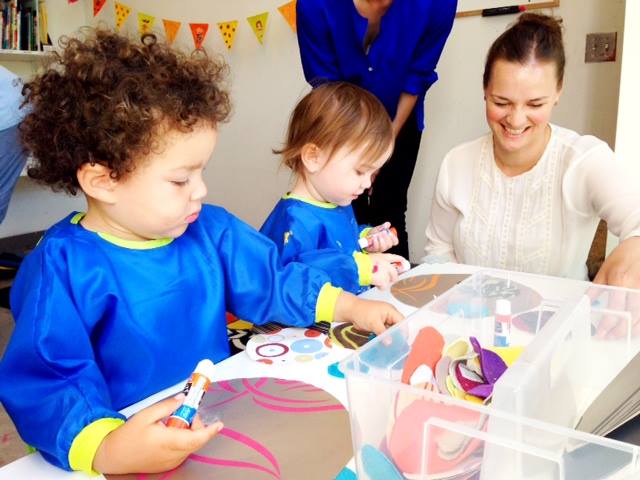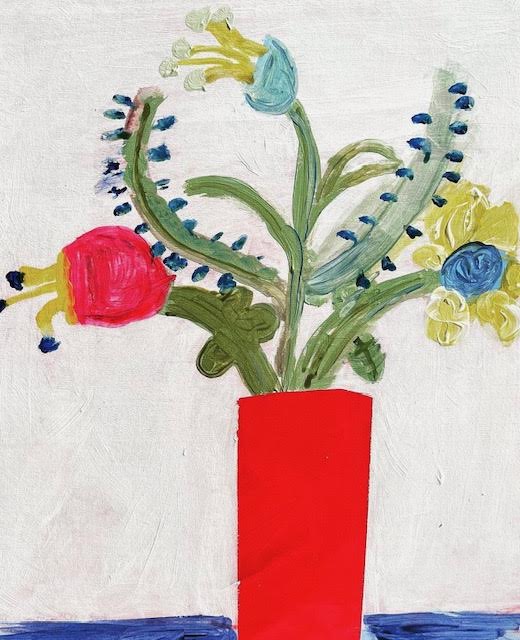The Benefits of Process-Based Art Lessons vs. Product-Based Art-Making
In the world of art education, there is an ongoing debate between process-based and product-based approaches to teaching art. While both have their merits, process-based art lessons are increasingly recognized for their numerous benefits, particularly in fostering creativity, critical thinking, and personal expression. Let’s delve into why process-based art lessons might be the key to unlocking deeper artistic potential in students of all ages.
What is Process-Based Art?
Process-based art focuses on the act of creation rather than the final product. It emphasizes exploration, experimentation, and the experience of making art. In this approach, the journey is more important than the destination. Students are encouraged to experiment with materials, techniques, and ideas, with the freedom to make mistakes and learn from them. There are no strict guidelines or expected outcomes; the emphasis is on the individual’s creative process.
What is Product-Based Art?
In contrast, product-based art lessons are centered around creating a specific final piece that meets a predetermined standard. The focus is on achieving a certain look or style, often following a step-by-step process guided by the instructor. While this approach can teach valuable technical skills and result in beautiful finished pieces, it can sometimes limit creativity and self-expression.
The Benefits of Process-Based Art
- Fostering Creativity and Innovation Process-based art encourages students to think outside the box. They are free to explore new ideas and approaches with no fixed outcome. This freedom fosters creativity, allowing students to experiment without fear of making mistakes. They learn to innovate and develop their unique artistic voice as they try different techniques and materials.
- Building Problem-Solving Skills When students engage in process-based art, they encounter challenges and obstacles that require creative solutions. Whether it’s figuring out how to use a new medium or deciding how to express a particular emotion, these problem-solving opportunities are invaluable. Over time, students develop critical thinking skills and the confidence to tackle complex problems in art and life.
- Encouraging Emotional Expression Art is a powerful medium for expressing emotions, and process-based art allows students to connect deeply with their feelings. Without the pressure to produce a perfect final product, students can focus on expressing their thoughts, emotions, and experiences through their art. This can be particularly beneficial for children, who may struggle to articulate their emotions verbally.
- Reducing Anxiety and Stress The emphasis on exploration rather than perfection in process-based art can help reduce anxiety and stress. Students are free to create without the fear of judgment or failure. This relaxed environment encourages a love for art and can make the creative process more enjoyable and therapeutic.
- Promoting Individuality and Self-Expression In a process-based art lesson, there is no “right” or “wrong” way to create. This open-ended approach celebrates individuality and allows students’ personalities and perspectives to shine through in their work. It empowers students to take ownership of their creative journey and express themselves in meaningful ways.
- Fostering a Growth Mindset Process-based art aligns with the principles of a growth mindset, where students understand that their abilities can develop through dedication and hard work. By focusing on the process rather than the product, students learn that mistakes are opportunities for learning and growth, not setbacks. This mindset is crucial for lifelong learning and success in any field.
- Encouraging Collaboration and Social Skills Process-based art often involves collaborative projects where students collaborate, share ideas, and inspire each other. This collaborative environment helps build social skills, teaches the value of teamwork, and allows students to learn from one another. The focus on the creative process can lead to rich discussions and shared experiences that enhance the learning environment.
Conclusion: The Power of the Process
While product-based art lessons have their place in teaching specific skills and techniques, the benefits of process-based art lessons are profound and far-reaching. Educators can nurture creativity, critical thinking, emotional expression, and a love for learning that will serve students well beyond the art room by focusing on the creative journey. Whether you’re teaching young children or seasoned artists, embracing the process can lead to richer, more meaningful artistic experiences and foster a lifelong passion for creativity.
So, the next time you plan an art lesson, consider prioritizing the process. You might unlock a world of potential in your students that goes far beyond what any finished product could ever achieve.

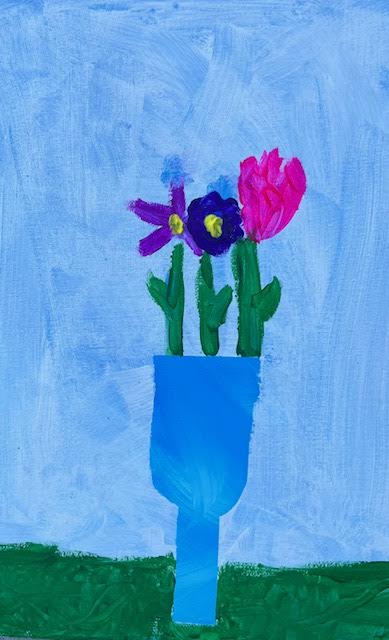
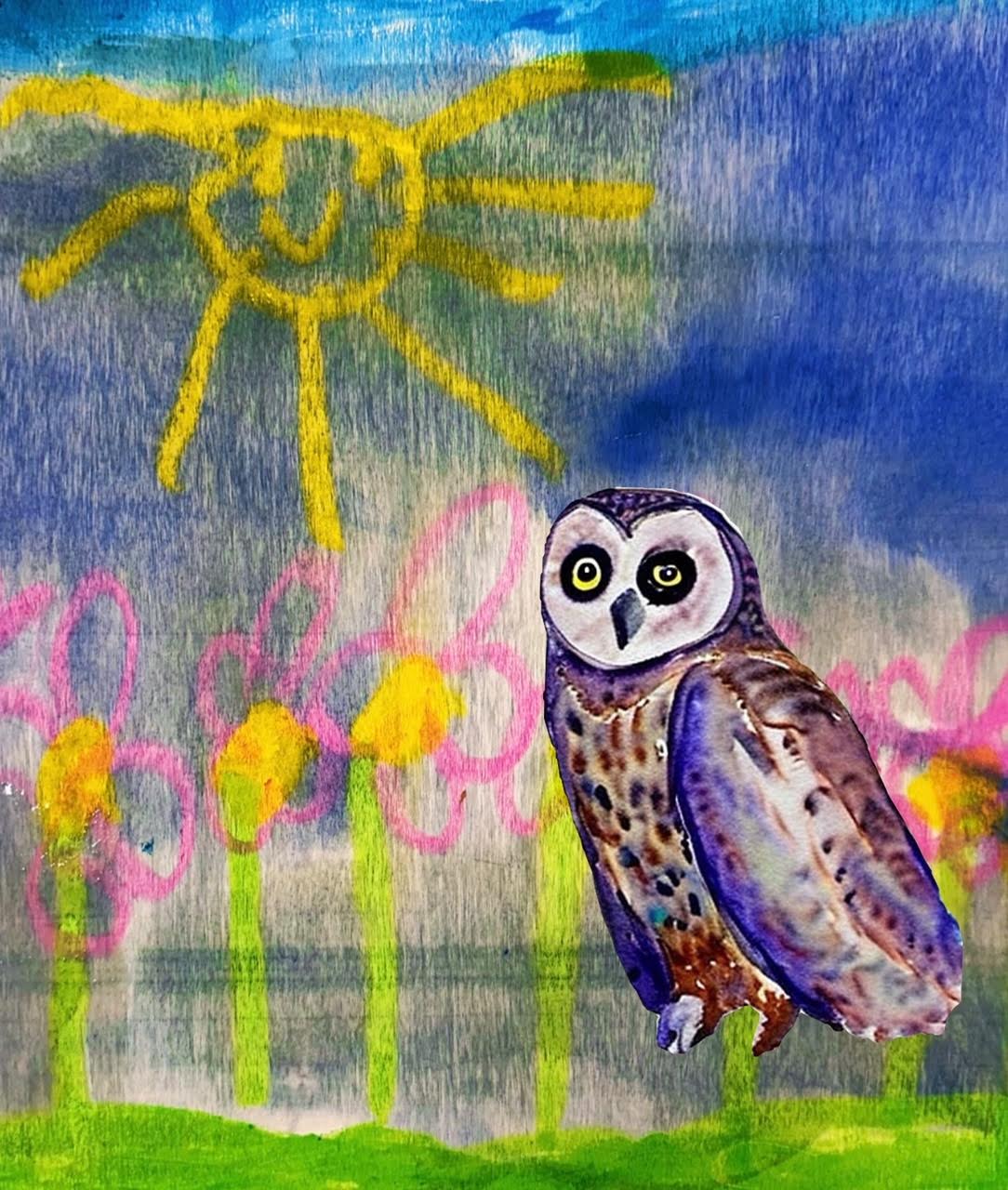
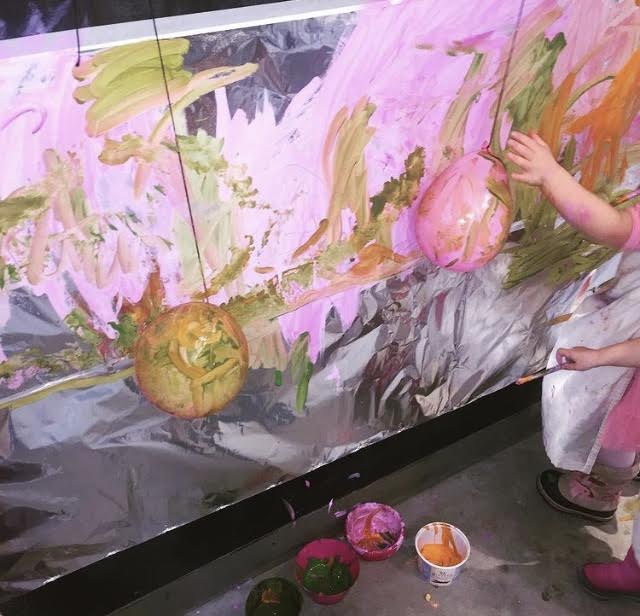
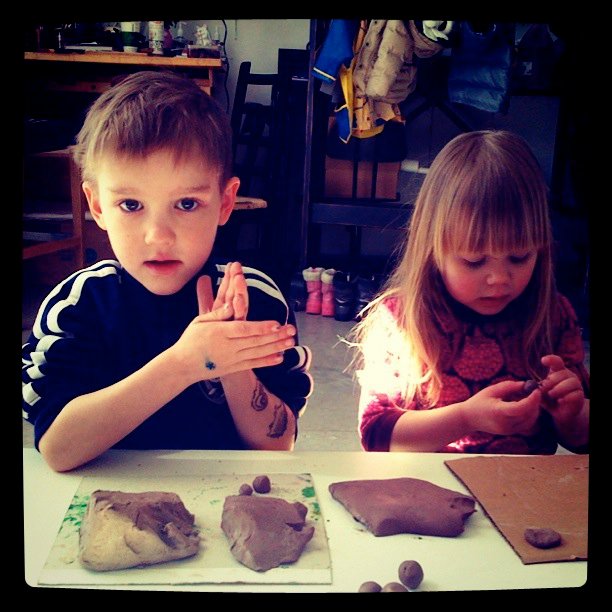
Experimenting with Clay, 2011
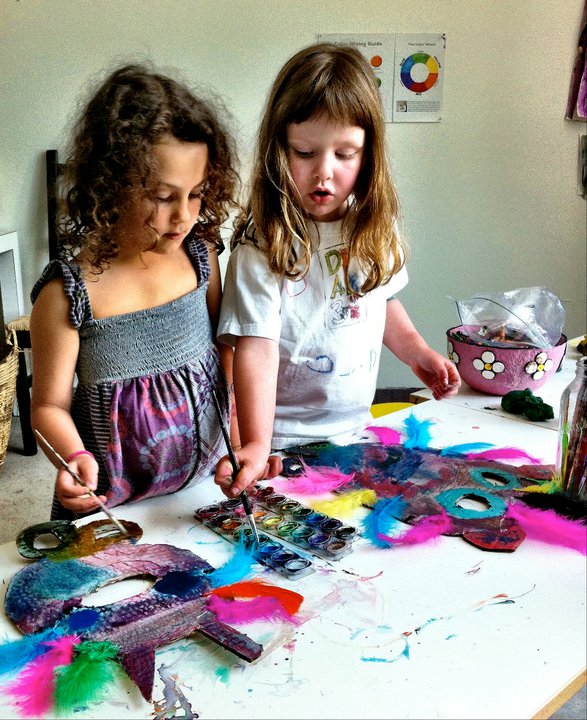
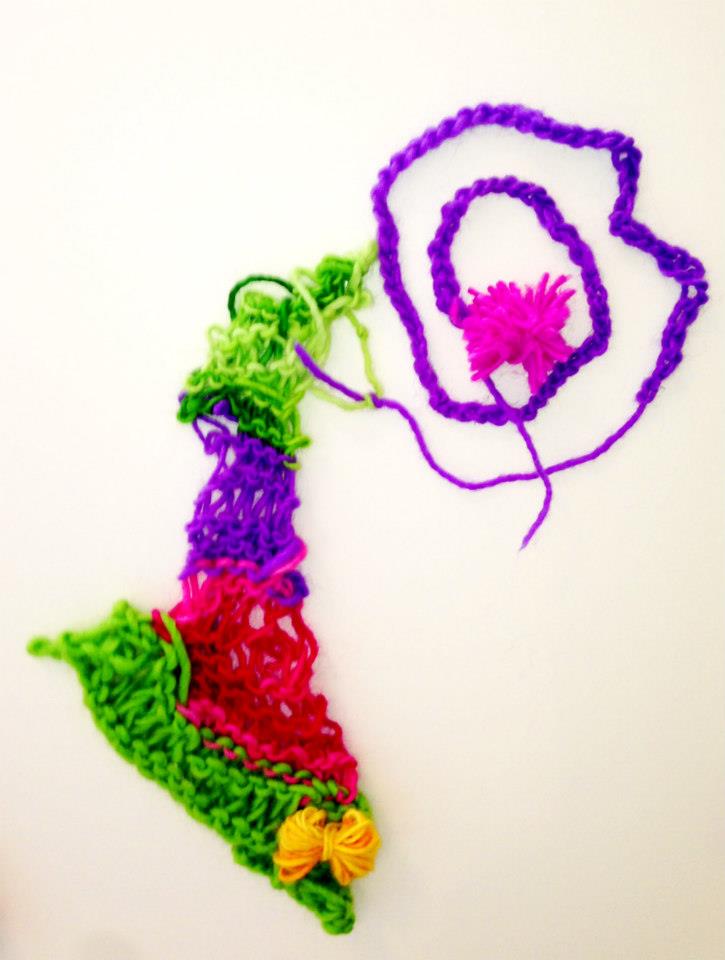
Takes the pressure off!
